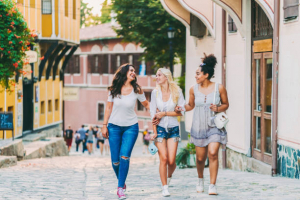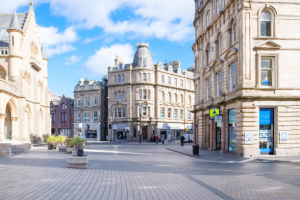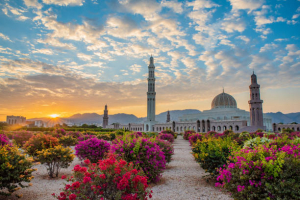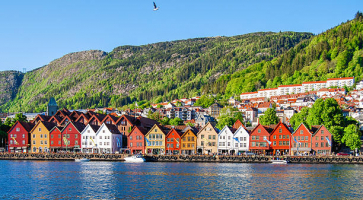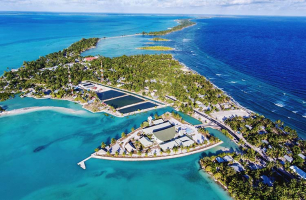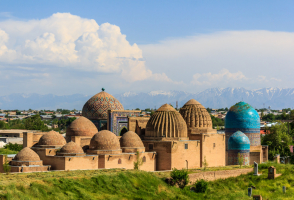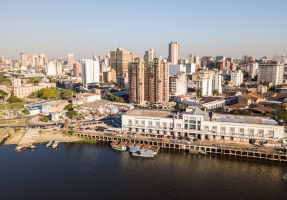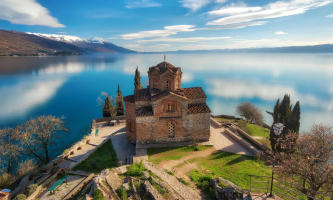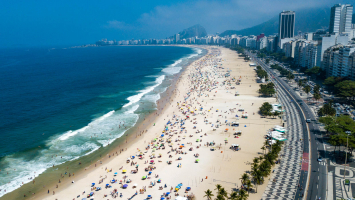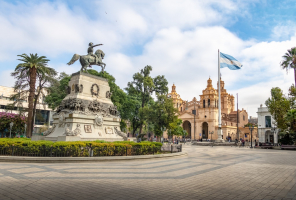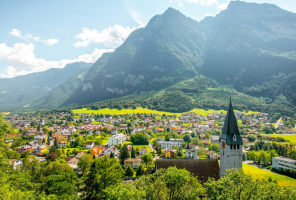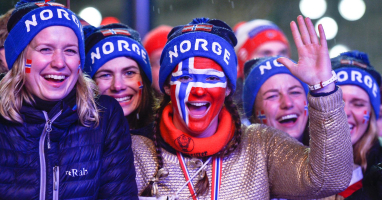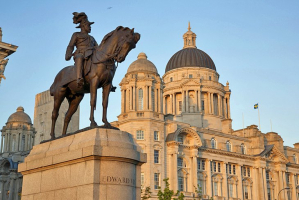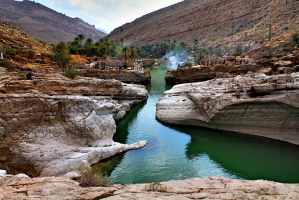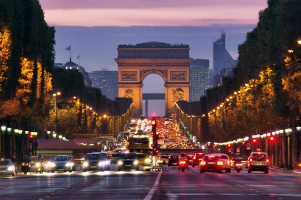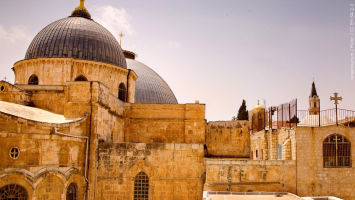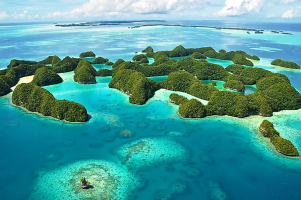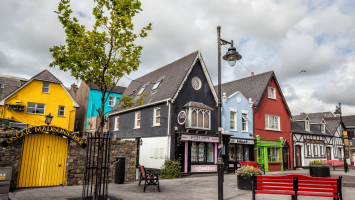Top 6 Reasons to Visit Croatia
Croatia's popularity has grown in recent years. And not without reason! It has a magnificent climate with over 2,500 hours of sunshine each year, beautiful ... read more...cultural cities, picturesque ports, breathtaking landscapes, and hundreds of islands. Here is the list of reasons to Visit Croatia!
-
Croatia has some of the most outstanding national parks in the world, so there is no shortage of gorgeous landscapes, picturesque lakes, stunning waterfalls, and diverse fauna. Many national parks provide numerous trekking, mountaineering, swimming, and photography opportunities. During peak season, the national parks are overrun with tourists, so consider visiting one of the calmer parks instead.
Plitvice Lakes National Park, is a stunning gift from nature and one of Croatia's most popular tourist destinations, with lakes so tranquil that you can see your image as if it were a mirror. It is Croatia's largest and most popular national park, located between the mountains of Mala Kapela and Ljeevica. Tourists can use an electric boat to go between the top 12 lakes and the four lower lakes.
Krka National Park is a must-see when visiting Croatia. This Croatian national park in Split features seven cascading waterfalls and a distinct environment. Skradinski Buk waterfall, located in the national park's south, is bordered by traditional watermills. This national park is one of only two in Croatia with lakes and waterfalls. A promenade walkway with wooden planks and walkways provides a pleasant stroll across the park.
Risnjak National Park in Croatia is one of the country's most mountainous and densely forested areas, just a few miles from Rijeka. The majority of the national park is lush virgin woodland with few inhabitants. Hikers, climbers, and trekkers will enjoy exploring the enormous park. Visitors can also take walks on a circular walkway that winds through areas of vibrant vegetation, beech, and pine trees carpeted with wildflowers. The national park also offers wildlife viewing opportunities.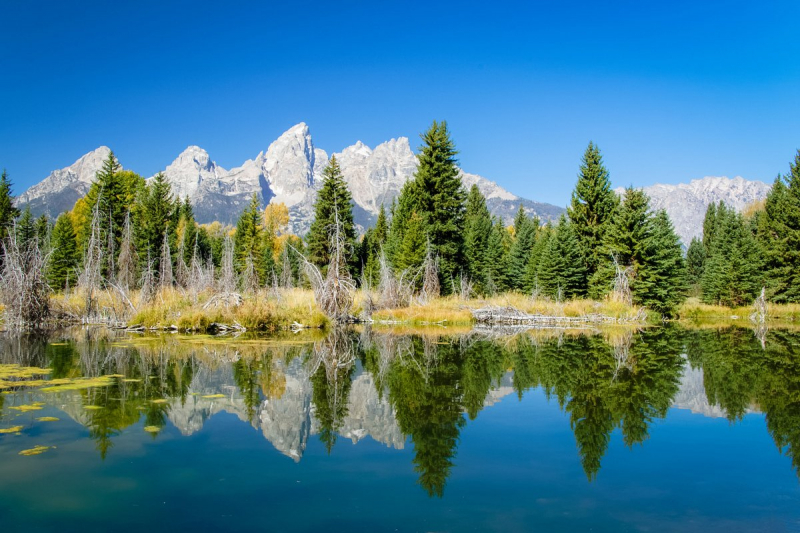
booking.com 
booking.com -
Croatian food varies greatly depending on the place you visit. It is divided into numerous cuisines, including Dalmatian food, Istrian cuisine, and Continental cuisine. The recipes have been heavily impacted by neighboring nations including Hungary, Italy, and Turkey. There are numerous traditional meat-based meals available. Lamb, veal, hog, and prosciutto are all popular choices. In Croatia, Cevapcici is a must-try meal. They are little sausages with a meatball-like texture produced from several types of meat. Isopod peke, which translates to "under the bell," is a delectable slow-cooking technique that takes place beneath a dome-shaped lid. It's loaded with lamb, veal, and potatoes.
Croatia also has some of the best seafood dishes you've ever experienced. Because of the proximity to the Adriatic Sea, practically all eateries will always have a fresh catch. Ston, Croatia, is home to the world's best oysters and mussels. Octopus is always a must-order on the menu, and it's a local favorite. Traditional seafood dishes from Korula, Vis, and Zadar are available. Croatian restaurants will make you drool over their cuisine. Also, don't forget to go truffle hunting and have some fancy truffle delights. Croatia is the ideal location for gastronomic tourism, so put it at the top of your list.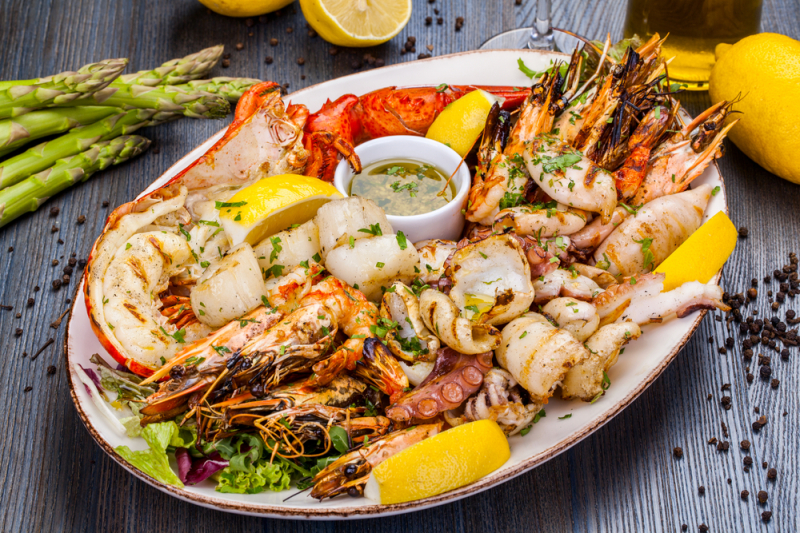
flickr.com 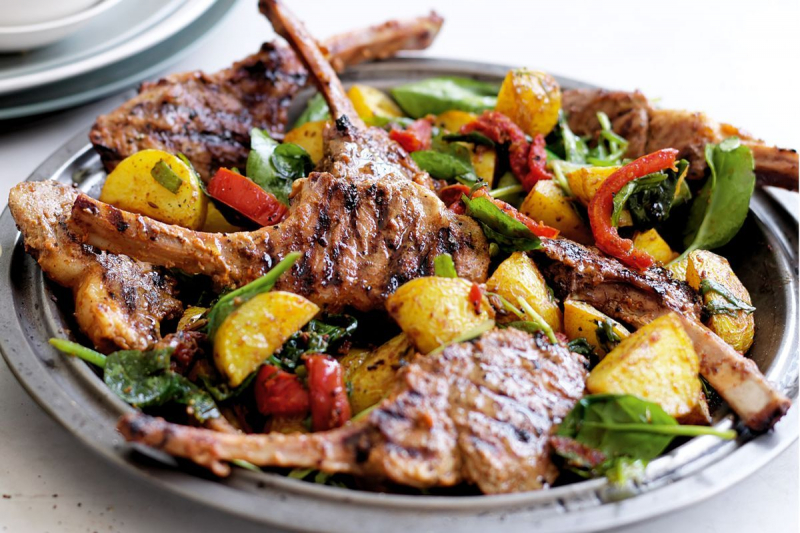
flickr.com -
Croatia is well-known around the world as a top cruising destination, but the country also provides a plethora of adrenaline-pumping activities to delight even the most seasoned adventure seekers. So, the next time you visit the "Pearl of the Adriatic," try out some of these extreme activities for an unforgettable trip.
White Water Rafting on the Cetina River, southeast of Split, and the Zrmanja River, east of Zadr, are popular among both locals and visitors. Floating down Croatia's rivers in the spring, when the rivers are at their swiftest, is a thrilling experience. Some of the better rafting spots are also found in Omis, which has class 2 and 3 rapids, and Karlovac, which is located at the junction of four rivers and is only 35 miles south of Dubrovnik. After a day on the water, you can enjoy some of the Karlovacko brewery's products.
Canyoning is, above all, a human-centered and incredibly enjoyable adventure. The purpose is to travel through narrow gorges, with various ascents and descents, and ultimately finish in the river. This is a good thing because Croatia has several canyoning areas with caves, waterfalls, and crystal-clear streams. If you are seeking intense and exhilarating activity, Split, Omis, or Rijeka are some of the spots to visit.
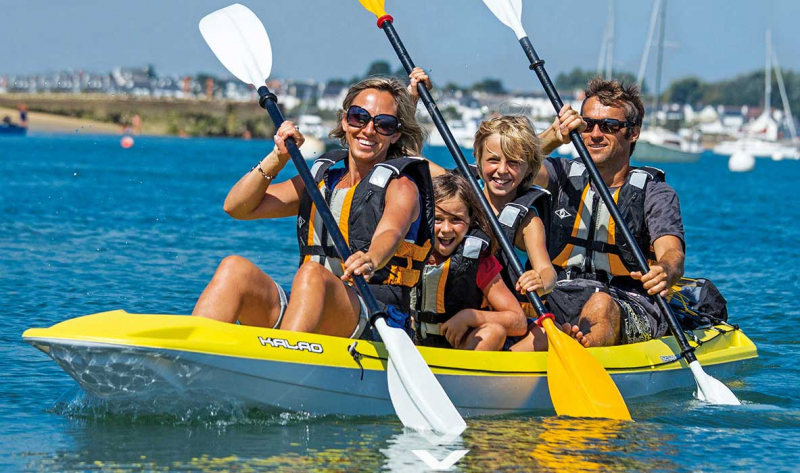
pinterest.com 
pinterest.com -
Croatia is more than a wine-obsessed person's dream. On the Dalmatian islands, the Ancient Greeks were the first to produce grapes and make wine, and it has since become one of Croatia's most popular exports. Although white wine predominates, there are some good reds to try. The two main destinations to visit are Istria and Peljeac. If you see or taste something you like, buy it straight from the maker to save money.
Wine tourism is becoming an increasingly popular way to explore the countryside and meet local vintners. A drive across Croatia's wine roads will lead you to beautiful vineyards, old and new wine cellars and tasting rooms, and enthusiastic producers with distinct Croatian flavors to enjoy and discuss. New-world wines are now of outstanding quality, and Croatia has 130 native grape varieties. They make superb wines and have received a number of big awards in recent years. Because of the climate, Croatia boasts many great wineries. Many of them employ traditional methods and recipes. Croatian wines are one of the strongest reasons to visit Croatia in general.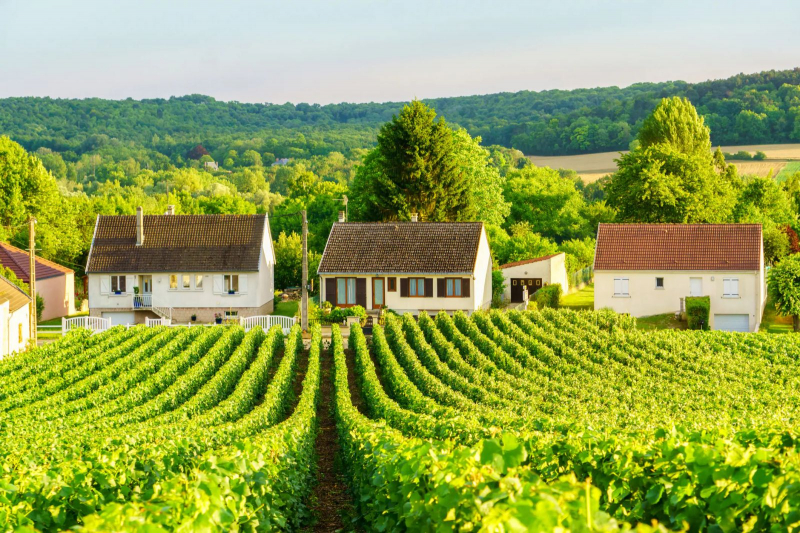
agoda.com 
agoda.com -
Croatia has been a festival hotspot for almost a decade, with everything from picturesque beaches and brilliant blue waters to glorious, diversified settings.Rijeka Carnival is Croatia's largest and most colorful, and it always kicks off the year with a bang. The festivities begin in mid-January and last through February, with a series of parades and parties. It begins with UNESCO-listed zvonari, local men clothed in animal skins, driving away evil spirits with big cowbells. Hundreds of thousands of onlookers are already lining the streets to cheer on a rainbow of floats, masked revelers, and accompanying bands.
Every March, the already lovely city of Zagreb transforms into a canvas for artists who employ cutting-edge light projection technology to paint the city in light. The historical center is illuminated with colorful and quirky imagery, and spectacular light displays and concepts can be found around the city. Because the event takes place in the spring, the majority of the motifs imply rebirth, fresh life, and expansion. After a long winter, Zagreb comes alive with locals and visitors alike heading to the streets to appreciate the artworks and enjoy the arrival of warmer weather.
On the island of Korula, the Moreska Sword Dance is a proud heritage. This battle dance, which was originally done to protest Moorish control, was formerly popular throughout southern Europe. Every June, organizations from all around Korula and adjacent islands assemble to participate in the annual Sword Dance Festival. Participants dress in traditional costumes and parade through Korula Town to Reconciliation Square, where they perform the dance in its entirety, narrating legends of heroic victories over their invaders.

fishcostarica.org 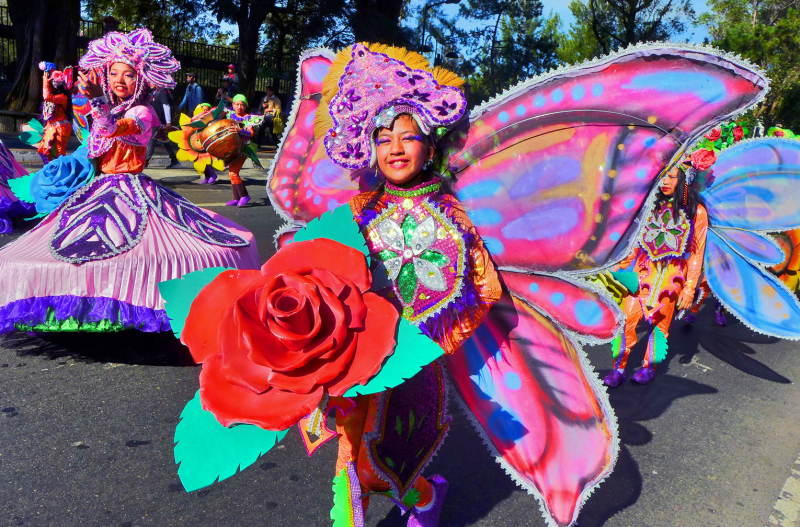
fishcostarica.org -
Dubrovnik, dubbed the "Jewel of the Adriatic," certainly lives up to its name. This picturesque city on Croatia's south coast is one of the most popular Mediterranean Sea tourist destinations. It is famous for its rich history and culture, as well as its stunning architecture and beautiful surroundings. Dubrovnik has recently gained notoriety as one of the primary filming locations for the popular television series Game of Thrones.
The building was finished towards the end of the 17th century and quickly became a symbol of freedom in Dubrovnik. Walking along the wall and looking down at the scarlet rooftops below is an unforgettable experience for tourists to the "Adriatic jewel." The city's old center still has Baroque churches, monasteries, and palaces, as well as elaborate fountains created in the Renaissance style and hundreds of ancient dwellings with red tile roofs. On a clear day, visitors can zoom in on the site 60 kilometers from Srd hill. There is a memorial to the Croatian Independence War of the 1990s on top of the hill, as well as service facilities such as restaurants, taverns, and souvenir shops.
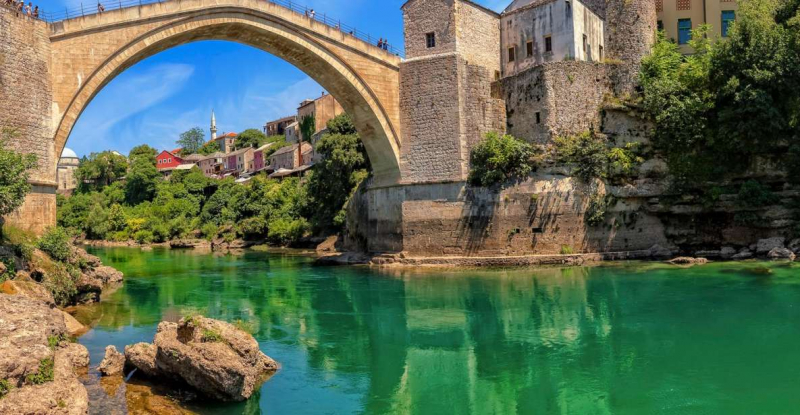
pinterest.com 
pinterest.com








